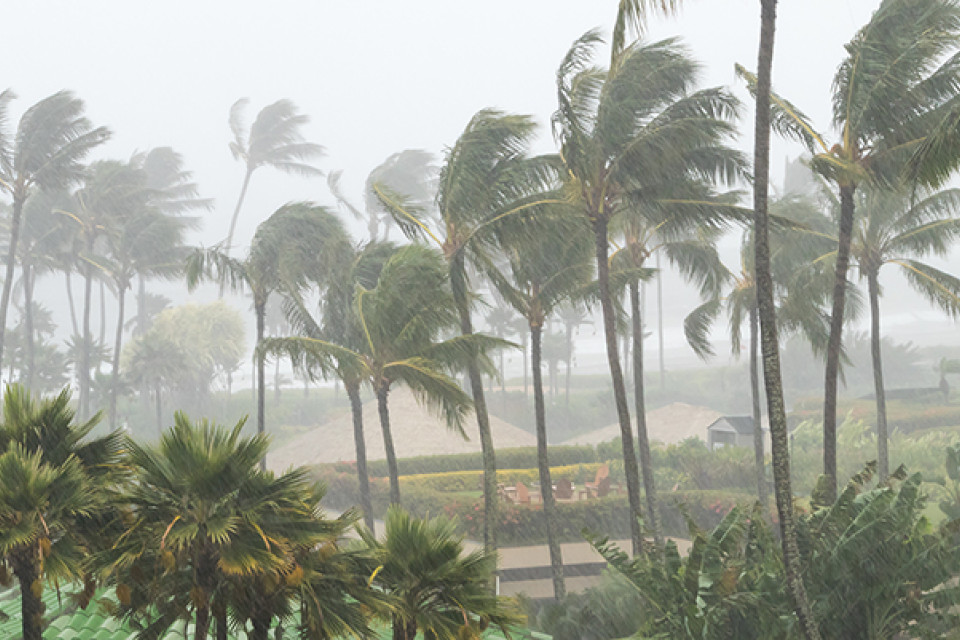Community
28 December, 2020
Time to prepare for annual wet season
Are you prepared for the annual wet season? Do you have an emergency plan in place and have you and your family considered where you would go in the event of a cyclone or flood?

The heavy rain may not have started yet, but with the return of the La Niħa weather pattern, prolonged periods of heavy rain and potentially more cyclones are expected this wet season, making it even more important to be prepared.
Cairns Mayor Bob Manning said complacency was one of the greatest risks facing the community.
“It has been a number of years since Cairns has been impacted by a cyclone, so it’s easy for disaster planning to become an after thought,” Cr Manning said.
“While the weather has been relatively clear and there is no hint of a cyclone at the moment, we should all be taking steps to be prepared for the potential risks in the months ahead.
“We know that conditions can change very quickly and if we wait until severe weather threatens, we’ve already left it too late.
“While it’s still dry, it’s the perfect time to get outside and trim back branches, make any external repairs and simply clean up any clutter that could potentially be a cyclone hazard.”
Cr Terry James, who chairs the Cairns Local Disaster Management Group, said the key message was a simple one.
“It comes down to three simple words – ‘Plan, Pack, Listen’,” he said.
“Take the time to plan your household’s response to a natural disaster. If you can’t stay at home, where will you go?
“Pack your emergency kit with all the items you might need during and after a cyclone or flood.
“Importantly, have a battery-operated radio and spare batteries.
“During a natural disaster, you could lose power, internet and mobile phone service, so a radio will be the best ways to stay informed and alert to the situation at hand.”
Every household should have adequate supplies of food, water, medication, toiletries and other essential items to last a minimum of three days – longer for homes in areas that are subject to isolation through flooding.
“Importantly, your disaster plan should include where you will ride out the emergency,” Cr James said.
“In most cases, the safest place to be during a cyclone is at home. Properties built after the mid-1980s are subject to building codes to make them more cyclone resilient.
“If you feel your home is not safe or you are in an area at risk of storm surge or flooding, arranging in advance to stay with friends or family outside the hazard area is the best option.”
Cr James said Council has Storm Tide Cyclone Shelters for residents living in storm surge inundation areas – residents from other areas may not refused entry.
These shelters are designed to save lives by accommodating as many people as possible and are therefore uncomfortable with the bare essentials for weathering the cyclone. Pets (except assistance animals) are also not allowed.
“Carefully consider if you can safely shelter from the relative comfort and convenience of your home, or a friend’s home, or spend potentially 18 hours in a shelter,” Cr James said.
Visit www.cairns.qld.gov.au/disaster for more information about preparing for the cyclone and wet season.


